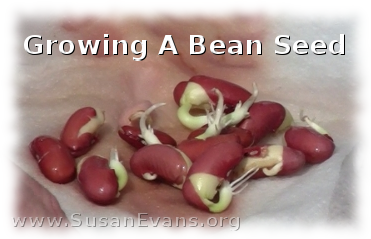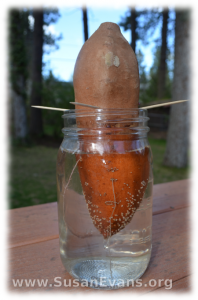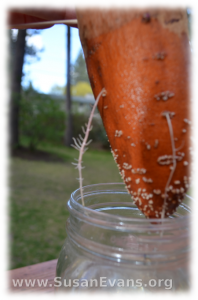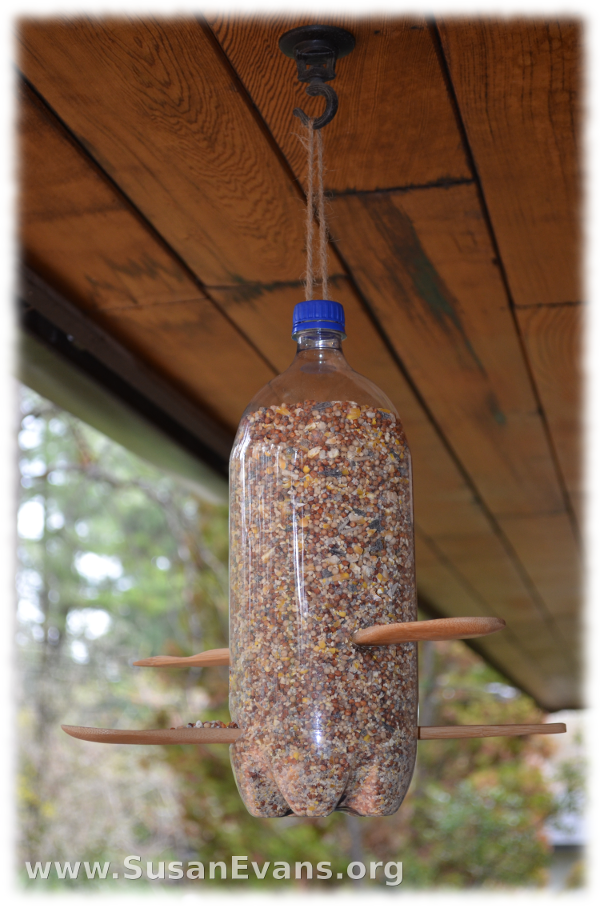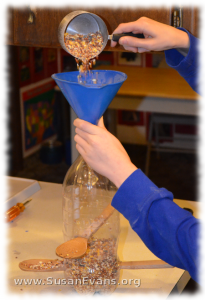Kids of all ages can learn a lot by growing a bean seed, from toddlers to high school biology students. It’s fun to watch life sprout from a seed.
If you want to grow a bean seed, you will obviously need dry bean seeds, which you can buy at a grocery store. You will also need a wet paper towel and a Ziplock bag.
Place a few bean seeds into a wet paper towel, and place them in a Ziplock bag. It’s that easy. Wait a week, then open it up and have your kids observe what happened. The beans will have sprouted, and if you leave the beans in the bag for another week, they will desperately search for sunshine by peeking around the paper towel.
In this video, I will show you the different parts of a bean seed, as described in botany and biology textbooks. The bean seed is a dicot, meaning that it has two cotyledons or embyonic leaves. The cotyledons are used for food for the developing embyo:
Have fun growing a bean seed! Then grow other seeds and compare them!
